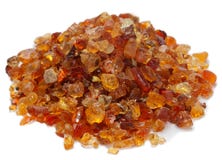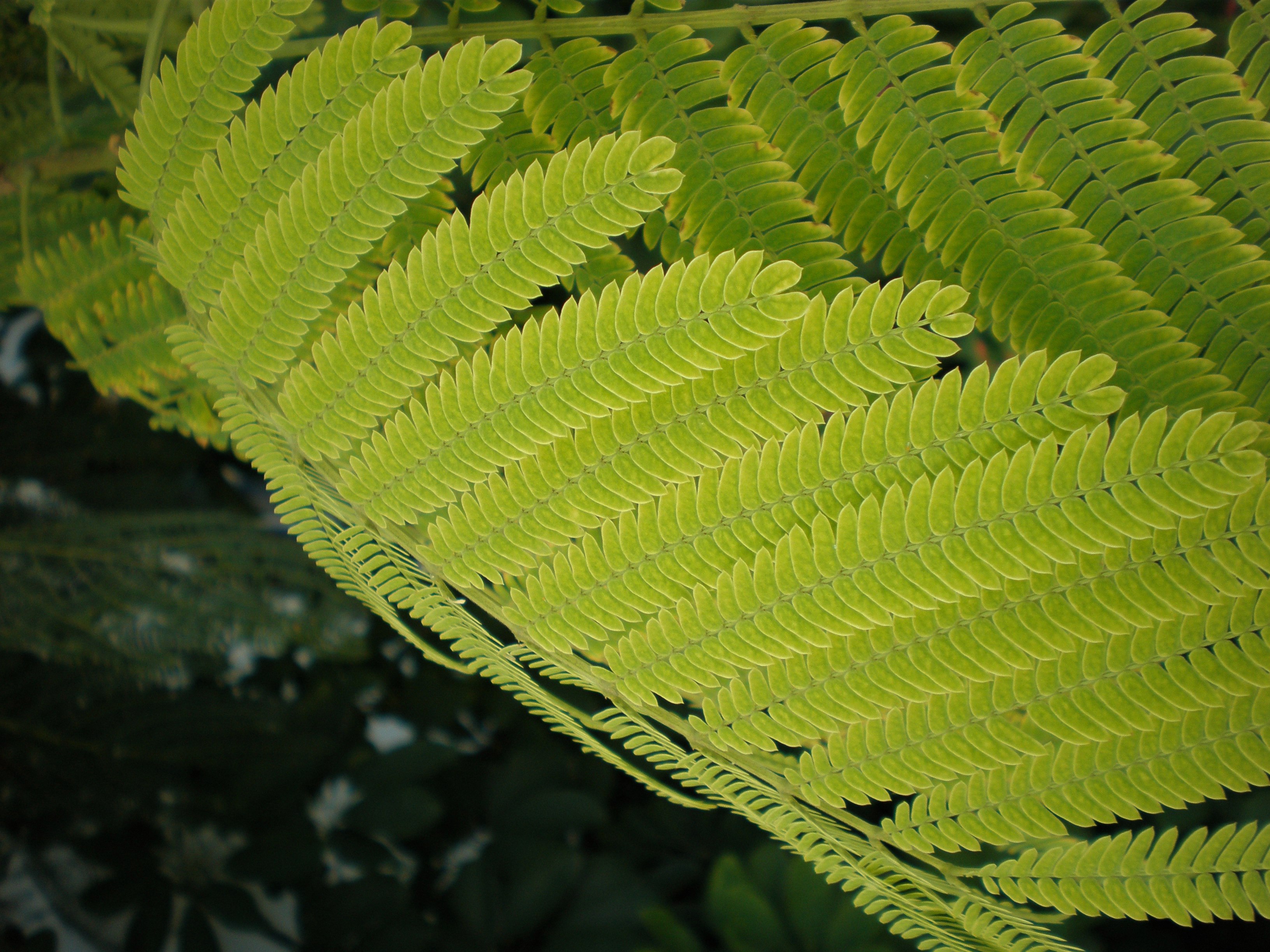Pharmacognosy of Babool (Acacia arabica)
Pharmacognosy of Babool (Acacia Arabica)
Introduction
Gum Acacia is the name originally pertaining to Sudan,
Kordofan or Egyptian Gum. It possesses properties rendering it superior to
others and hence always preferred to any other variety.
During the political disturbances in Egypt between
1880 and 1890, this gum became nearly unavailable. Hence its substitutes were
used. Among the many substitutes then offered, the best was Gum Senegal, which
was adopted as the official equivalent of Gum Acacia. The term 'Gum Senegal' is
not, strictly speaking, synonymous with Gum Acacia, though it is commonly so
used. Because of its frequent use, it came about that the name was regarded as
synonymous.
Acacia gum is the dried gummy
exudate that collects on the surfaces of the branches and the stems of the
Acacia trees. At the end of the rainy season, the stems begin to exude the gum.
In about fifteen days it thickens in the furrow down which it runs. It
then hardens on exposure to the air,
usually in the form of round or oval tears, about the size of a pigeon's egg,
but sometimes in vermicular forms, white or red, according to whether the
species is a white or red gum tree. It is then harvested and marketed
as 'Gum Arabic'.
There are many kinds of Acacia Gum in commerce.
The gum exported from Alexandria, is considered the
best and is the kind generally used in pharmacy.
All the gum-yielding Acacias exhibit the same general
appearance, differing only in technical characters.
The genus Acacia derives its name from akakia
the name given by the Greek botanist-physician Pedanius Dioscorides. The other
name Vachellia remains controversial.
The name of the species nilotica was given by
Linnaeus from this tree’s best-known range along the Nile River. [1], [2]
Other Names
Botanical: Acacia
arabica, A. nilotica (LINN.), A. senegal (Willd.), A. glaucophylla (Staud.), A.
abyssinica (Hochst.), A. gummifera
(Willd), A. gummifera (Willd), Acacia auriculiformis and many more, Vachellia
nilotica
Taxonomic Classification
According to recent discovery the genus Acacia
is broken up into five new genera. Hnnce there are many Families: Leguminosae, Fabaceae etc.
Kingdom: Plantae
Geographical
Distribution
The babul tree is ubiquitous. It is widely seen in
Arabia and West Asia. In India, it grows wide in the forests of Punjab and
parts of Rajasthan Gujarat and Western Ghats.
Babul trees can flourish in dry and arid regions. They are
medium-sized trees, reaching an average height of about 12 m. Babul trees find
use in households as well as in farms and fields for shelter and foraging
purposes.
The tree is planted for its bark, which yields the babul gum.[5]
Plant
Morphology

Babool (Acacia arabica) Tree
Depending upon the species, the plants are spiny shrubs or small to
large sized trees, preferring sandy regions, with the dry climate during
the greater part of the year, growing from 5 to 20 m in
height with a dense spherical crown. Those species growing in arid
regions bear spines representing branches which have become short and hard.

Acacia Gum
The Bark grey-pinkish to light brown, fissured, rough, exuding reddish low
quality gum
The Stems
and Branches glabrous, purplish
to gray-black in color, with very small glands
The Spines:
The tree has thin, straight, light, gery spines in 3 to 12 pairs, 5 to 7.5
cm long in young trees. Mature trees are commonly without spines.

Acacia leaves

The Fowers are small with five small
petals, arranged in dense globular clusters, 1.2 to 1.5 cm in diameter of
bright golden yellow or cream color in most species, in some species the
flowers are whitish or purple or red in color.
The Pods
are strongly constricted, hairy, white-grey, thick and tomentose.
The Seeds chestnut-brown, arranged in 2
rows, embedded in a dry spongy tissue, smooth, elliptic and thick. [6], [7]
Parts
Used
Branches, tender twigs, bark, flower, pod, seed and gummy exudation from stem.
Phytochemistry
Gum
Acacia consists principally of Arabin,
a compound of Arabic acid with calcium. Varying amounts of the magnesium and
potassium salts of Arabic acid may also be present. The gum also contains 12 to
17 per cent of moisture and a trace of sugar, and yields 2.7 to 4 per cent of
ash, consisting almost entirely of calcium, magnesium and potassium carbonates.
Acacias
contain a number of organic compounds, e.g.
amines and alkaloids, cyanogenic glycosides, cyclitols, fatty acids and
seed oils, fluoroacetate non-protein amino acids, terpenes (including essential
oils, phytosterol and saponins), tannins, flavonoids. Flavonoid, coumarin,
steroid and terpene, are collectively known as the aglycone.
Acacias contain Psychoactive Alkaloids like
dimethyltryptamine (DMT), 5-methoxydimethyltryptamine (5-MeO-DMT) and beta-methyl-phenethylamime.
Other
psychoactive agents are: amphetamines, mescaline, and nicotine. In flowers of
some species are found phenethylamine, hordenine and histamine.
Additional information of phytochemistry
Dried
seeds of one Acacia sp. are reported to contain per 100 g: 377 calories, 7.0%
moisture, 12.6 g protein, 4.6 g fat, 72.4 g carbohydrate, 9.5 g fiber and 3.4 g
ash.
Raw
leaves of Acacia contain per
100 g: 57 calories, 81.4% moisture, 8.0 g protein, (55% protein on a dry-weight
basis.), 0.6 g fat, 9.0 g carbohydrate, 5.7 g fiber, 1.0 g ash, 93 mg Ca, 84 mg
P, 3.7 mg Fe, 12,255 g
Vitamins: Carotene equivalent, 0.20 mg thiamine, 0.17 mg
riboflavin, 8.5 mg niacin, and 49 mg ascorbic acid. Amino acids: lysine,
4.7 (g/16 g N); methionine, 0.9; arginine, 9.2; glycine, 3.4;. histidine, 2.3;
isoleucine, 3.5; leucine, 7.5; phenylalanine, 3.5; tyrosine, 2.8; threonine,
2.5; valine, 3.9; alanine, 4.3; aspartic acid, 8.8; glutamic acid, 12.6;
hydroxyproline, 0.0; proline, 5.1; serine, 4.1; with 76% of the total nitrogen
as amino acids. [8], [9]
Properties and Pharmacology
Rasa
(taste): Kashaaya – Astringent
Veerya: Sheeta – Coolant
Guna :(Qualities) : Guru – Heavy to digest,
Niryaasa
(gum resin):
Pitta-Waata-hara – allays pitta and waata doshas
Gum
Gum
Acacia for medicinal purposes should be in roundish 'tears', colorless or pale
yellow in color, or broken into angular fragments with a glass-like, sometimes
iridescent fracture. It should be almost entirely soluble in two parts of
water, forming a viscid neutral solution (mucilage), which, when evaporated,
yields the gum unchanged. It should not yield more than 4 per cent of ash.
There
are many kinds of Acacia Gum. That collected in Upper Egypt, Arabia and Sudan
is considered the best and is the kind generally used in pharmacy.
Indian
Gum is sweeter in taste than that of the other varieties, contains portions of
a different kind of gum. It is odorless, soluble in water forming a viscid
solution; acid to litmus, insipid or bland in taste. It is insoluble in alcohol
and ether. It is demulcent and astringent.
Rajbir
Singh et al exhibited free radical-scavenging activity of
acetone extract of Acacia auriculiformis, A. cunn. The bark powder was demonstrated to possess
antioxidant, antiseptic and antibacterial power.
The gum is aromatic, stimulant and nervine tonic.
Aglycone
Aglycone
is the non-sugar compound remaining after replacement of the glycosyl group
from a glycoside by
a hydrogen atom. The spelling aglycon is sometimes encountered. Some
aglycones are cardiac glycosides and some phytosteroids. [11]
Cyanogenic
glycosides
They
contain a cyanide group and protect plants from pests.[12], [13]


Veerya: Sheeta – Coolant
Guna :(Qualities) : Guru – Heavy to digest,
Cyclitol
Cyclitols
are cycloalkanes containing one hydroxyl group on three or more ring atoms. They are cyclic polyols. Cyclitols are one of
the compatible solutes which are formed in a plant as a response to salt or
water stress. Some cyclitol (e.g quinic or shikimic
acid) are parts of hydrolysable tannins
Cyclitols
have insulin-like effect.
Recently
two novel cyclitols have been shown to exert anti-herpes simplex virus
activity. [14], [15]
Culinary uses
Gums
are polysaccharidic compounds. Gum Acacia is highly nutritive. For want of good
food, during the time of the gum harvest, the Moors are said to thrive almost
entirely on Gum Arabic. It has been proved that about 150 to 200 Grams of the
gum is all sufficient to support an adult for twenty-four hours.
In the
Indian subcontinent it furnishes the prime important ingredient of the
nourishing food used for lactating mothers especially during the first three
months of postnatal period. It is used as a binding agent in the preparation of
lozenges, pastilles and compressed tablets.
Nectar
from acacia flowers converted into honey by bees is used in confectionaries. It
has antibacterial properties.
The
ripe seeds have been pressed for cooking oil.
Medicinal Action and Uses
In India, use of the tender twig of Acacia as a form
of crude tooth brush to scrub teeth is as old as Ayurvedic science. Powder of
bark was used as dentifrice (Marathi: Dantamanjan) and is a vogue today. Were
Ayurvedic scientists aware of astringent, antiseptic, antibacterial and
free-radical scavenging properties of Acacia Gum? May be may be not, but today,
the chemical analysis of the plant however vindicates the ancient wisdom.
Tannins, complex
compounds based on Tannic and Gallic acid are extracted from bark. Glycerin-tannate was used as mouth paint for
stomatitis, gingivitis, aphthous ulcers and pharyngitis. In India some older
physicians and dentists use it even today! The gummy roots are also
chewed for sore throat.
It is powerfully astringent in action and has been
used in chronic diarrhea, dysentery, chronic catarrh to stop excessive mucous
discharge and hemorrhages.
Administered
in the form of mucilage, Gum Acacia is a demulcent and serves by the viscidity
of its solution to sheathe inflamed surfaces. It is employed as a soothing
agent in inflammatory conditions of the respiratory and digestive tract. Hence
it is used in bronchitis, diarrhea and dysentery. The flower infusion is also
used for dyspepsia, intestinal colic and neuroses.
Little used today as there are other herbal choices
without the propensity toward constipation that this one has.
Glycosides
have a strong action on the body, including the heart, digestive and peripheral
nervous system. When reduced cyanogenetic glycosides produce free HCN Like the
cardio-active glycosides. Cyanogenetic glycosides can produce toxic, even fatal
results in small doses. The glycoside kaempferol is used as diuretic and
natriuretic.
Not
much is known about the use of psychoactive alkaloids and other psychoactive
agents in clinical practice.
The
seeds, containing an unnamed alkaloid, are said to be used to kill rabid dogs
in Brazil. Various ingredients of the tree were used for arrow poison.
In
some ancient systems of medicines bark extract and decoction of the plant were
used as vaginal douche to treat vaginitis and leucorrhea. Gum was used as
aphrodisiac and to treat spermatorrhea.
The bark has been used both internally and
externally for skin problems.
The flowers have been used in the bath for dry skin.
Drug interactions
They can interfere with the rate of absorption of oral
drugs.
Preparations and dosages
A tannin-rich extract has been prepared from the
leaves and young shoots and used in decoction and applied to inflamed tissue
and burns to promote rapid healing.
Tincture is
prepared in a 1:5 ratio using 80%-100% vodka or its equivalent. Dose is 2.5 to
5 milliliters twice daily.
To prepare mucilage, dissolve gum in water. A single dose is 5 to 20 ml.
To prepare syrup, mix 1 part mucilage with 3 parts of a plain sugar syrup. Dose
is 5 to 20 ml.
It was also applied to open wounds as an antiseptic
balm.
In mucilage form it acts as a demulcent. Its main
effect is to form a soothing protective coating over inflamed surfaces in the
respiratory, alimentary and urinary tracts.
References:
2.
https://en.wikipedia.org/wiki/Vachellia_nilotica
Tincture is prepared in a 1:5 ratio using 80%-100% vodka or its equivalent. Dose is 2.5 to 5 milliliters twice daily.
To prepare mucilage, dissolve gum in water. A single dose is 5 to 20 ml.
To prepare syrup, mix 1 part mucilage with 3 parts of a plain sugar syrup. Dose is 5 to 20 ml.
Comments